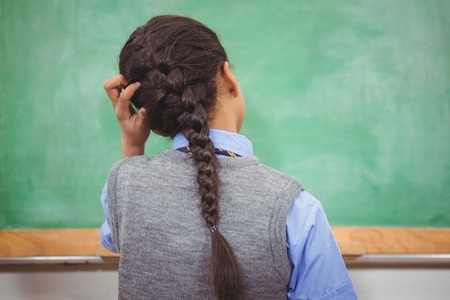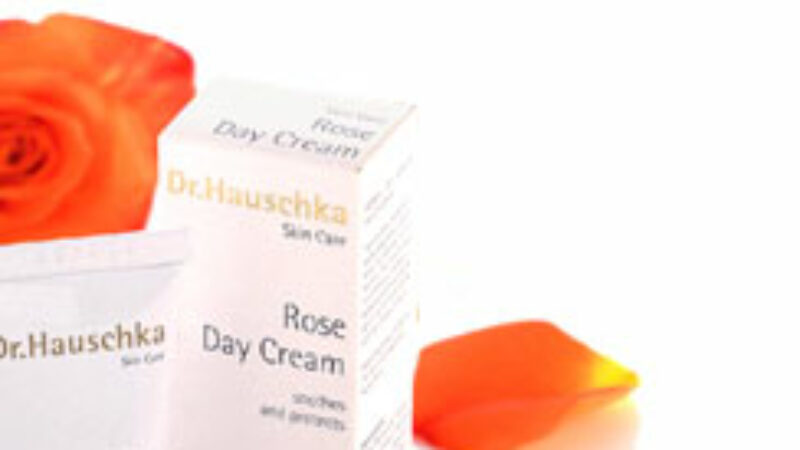 Although most parents are ready to send their children back to school come September, one thing that most of us dread about this time of year is the all-too-real risk of head lice. When children get together in large groups with increased contact, particularly head-to-head, experiencing head lice infestation becomes more likely, and while children may be the ones to bring it home, parents and caretakers are in no way immune to sharing this unwelcome event.
Although most parents are ready to send their children back to school come September, one thing that most of us dread about this time of year is the all-too-real risk of head lice. When children get together in large groups with increased contact, particularly head-to-head, experiencing head lice infestation becomes more likely, and while children may be the ones to bring it home, parents and caretakers are in no way immune to sharing this unwelcome event.
Head lice are parasitic insects that live on the human scalp. They bite on the skin and feed on their host’s blood, leading to the itching and scratching that associate with infestations. Contrary to popular belief, head lice have nothing to do with hygiene or cleanliness. These bugs are equal opportunity and will transfer just as easily from dirty to clean hair. Once there, head lice live 3-4 weeks. Female lice can lay up to 6 eggs, or nits, a day, attaching them to the shaft of the hair, close to the scalp where the warmth from the head essentially acts as incubation. Eleven days later, the egg will hatch and a new group of parasites will continue the cycle. Are you scratching yet?
Any parent who has dealt with an infestation knows the stress and worry it causes, not to mention the time and effort spent to try and rid the family of these pesky bugs. Although annoying, contracting head lice is not a health hazard.
Conventional treatments have mainly been insecticide-based shampoos containing either pyrethroids or permethrin. However, over the past 30 years or so, head lice have mutated and developed genetic adaptions, becoming resistant to most treatments on the market. A recent study collected lice samples from 30 different states in the US to test for these genetic mutations. The result was surprising: 25 out of the 30 states sampled showed the lice population to be 100% resistant to pyrethroids. New treatments, like Resultz, are using non-insecticide ingredients such as enzymes and isopropyl myristate, to eliminate head lice by essentially melting their waxy exoskeleton. Whether you opt for the pesticide or non-insecticide route, treatments seem to be more effective when spaced between 7 and 10 days apart.
In addition to shampoos and rinses, using a stainless-steel nit comb with grooved, tightly-spaced tines will help remove lice and nits attached to the hair. Although time-consuming and tedious, using a specially-designed metal comb will clear away any bugs that have survived the shampoo treatments and strip away any stubborn nits, regardless of whether they are viable or not. This extra step is worth it for pure peace of mind that your child (and family) is lice-free.
If the idea of hand removing bugs and eggs makes you weak in the knees, take comfort that there are professionals (seriously!) who can do the job for you and will be happy to share information to prevent future infestations.


